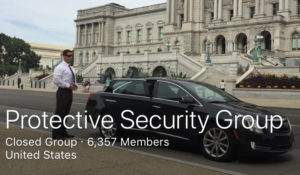Hard Skills: ‘Better to have and not need than need and not have…’
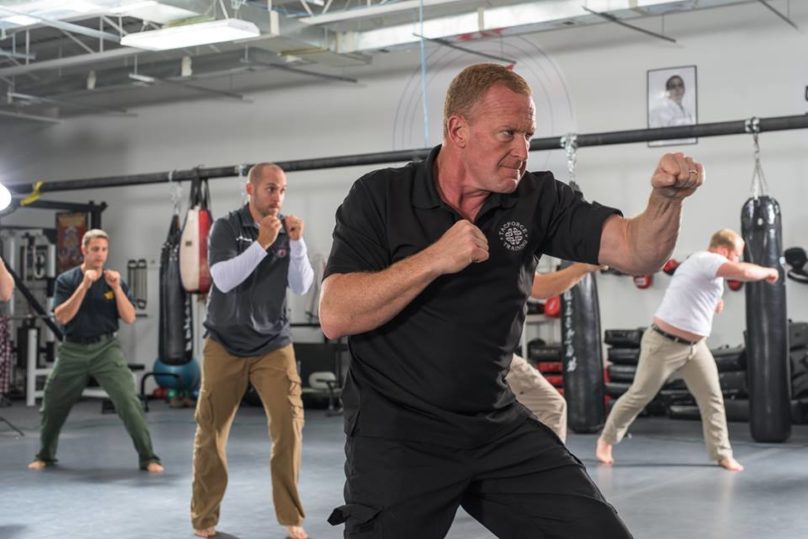
If any industry is defined by societal perception, it is the protection profession. Anyone who has no direct experience has the idea that the profession is nothing but shooting an AR through your front windshield at numerous threats, MMA style fighting in nightclubs or doing a J-turn because a light turned red and there are paparazzi on the corner… The laughable, off target (pun intended) perception is largely due to the media, but also due to the wannabes out there who have website who depict such. However, that being said, our job is mainly to prevent but also to respond. In the cases when a response is required, the skills need to be there. As the ISDA puts it, “when [‘stuff’] happens, you can’t be average.” This article is meant to discuss training the hard skills of the job.
“Hard skills” can refer to anything that requires physical skill. For the purpose of this article, we are going to break down hard skills into groups: physical fitness, empty handed fighting, edged weapons, firearms, and evasive driving.
–
Hard Skills of Bodyguard and Executive Protection
‘Training Considerations’
“I have been fortunate to attend numerous EP courses and have attempted to learn something at each course. I have observed instructors (one was a well know EP “expert” that did not have a clear understanding of the reaction time and the OODA loop at times teaching the courses. I was troubled by the instruction due to the lack of understanding. It certainly has been helpful for a number of our team members to have had proactive law enforcement experience in high crime areas where reading body language and having a working knowledge of reaction time is very important to your survival. An agent can become very honed in on pre-attack indicators. A skill that can mean the difference between life or death.
You will often hear the following quote around in one of our training sessions, “Repetition is the mother of all skill!” …of course, an agent needs to be repping the proper technique or skill.
We encourage our agents to hold themselves to a high standard and our Team Leaders attempt to lead by example. We very much subscribe to Coach Vince Lombardi’s philosophy, “Perfection is not attainable, but if we chase perfection we can catch excellence.”
–
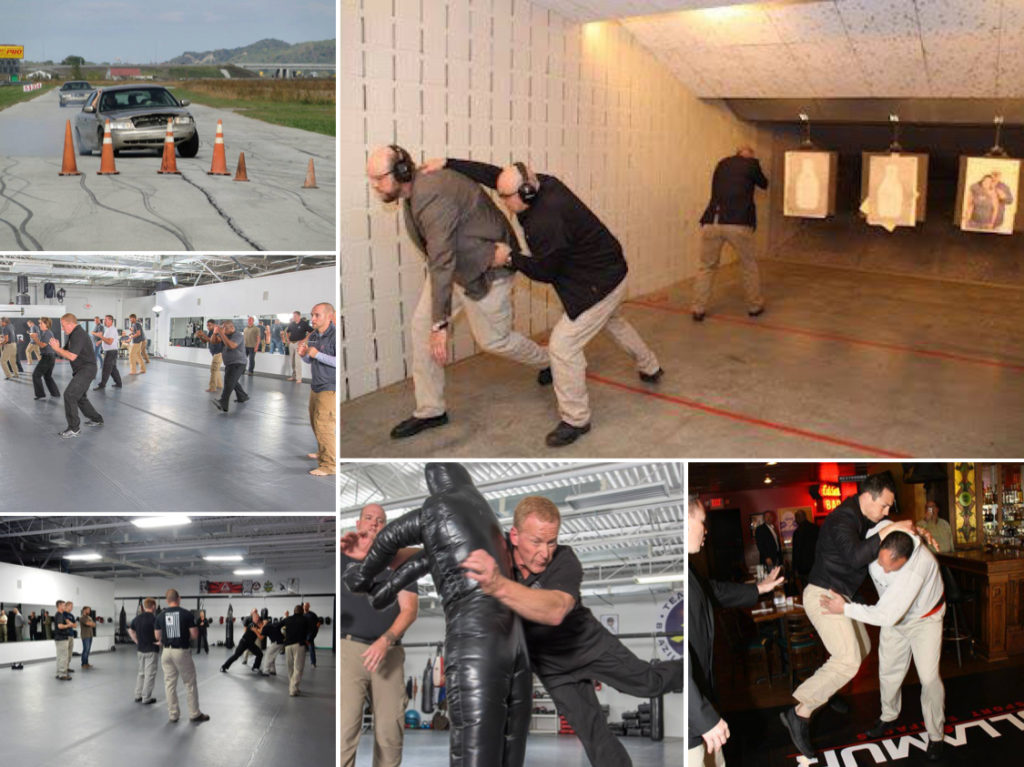
Images from the Clark International 4 day Executive Protection Course
–
It’s my belief that there is an issue if you are working as a close protection agent and have never practices tackling an adult size dummy simulating that he/she is holding a gun. The agent should practice various angles as he/she checks the gun arm down hitting the suspect with a full body attack. It’s the most common response to a suspect armed with a gun/knife by agents, law enforcement or security personnel when the agent is in proximity to the suspect. There is frequently too much stimuli consisting of numerous other people for an agent to necessarily zero in on the attacker prior to the attack. Time and time again we have observed agents/officers/security personnel tackle an armed attacker while we have reviewed numerous armed incidents. We might as well be practicing on how to do it right and controlling the arm/hand that is holding the weapon system.
Any EP professional knows how important the soft skills are but I think it’s silly that we as an EP community even have to discuss the value of hard skills. It baffles me that the ‘no hard skills’ argument is even a topic of discussion in the community of people who are working a job where they are supposed to be providing protection. I’ve grown weary of debating it.”
Dan Clark – Clark, International
–
—
‘Some Thoughts on Firearms’
“Everyone’s a gun guy/gal in our career field. And we don’t let a lack of experience, applicable training or real world deployment get in the way. In this day and age I find it surprising that some are still placing so much emphasis on the skills associated with carrying a blaster and far less emphasis on other hard skills.
I carry a firearm everywhere I’m legally allowed independent of what’s on the agenda for work. As a retired LEO, that’s nearly everywhere. I do this as a lifestyle choice, a habit and a hobby that I work hard on. Like my video game obsession, my firearm affection has never spilled over into protection. And while that doesn’t justify complacency or a lack of training, a more realistic approach to the time, effort and money spent on training and equipment will serve a new agent well.
–
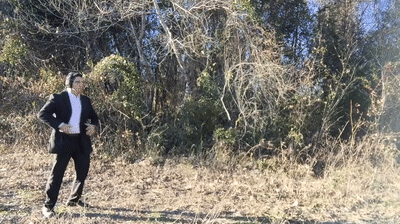
–
When it comes to protection, especially for the solo practitioner, prioritizing or triaging your training and equipment need to happen. What skills are you statistically likely to use the most? My guess is, without even googling, driving and first aid. Yet, most new folks and some experienced folks spend far more time and money at the flat range than the skid pad. We get our CPR certification and don’t take it much further.
I like to look at my training needs as a pie chart. Each skill taking up a slice based on what will actually serve me the best and make me the most marketable. Firearms occupy the smallest slice in my professional training agenda. Don’t get me wrong, I shoot a lot but I do it because I enjoy it, not because it’s applicable to my day to day.
Most folks will head to the range and consider it work related. They’ll have their battle belts and duty style holsters and they’ll do cool stuff when the reality of carrying a gun in an EP role is very different. Do you bring a sport coat to the range? Are you using your cool cobra belt or an inch leather dress belt like the one you carry with? Do you know what your times are for drawing and shooting from concealed? Sitting in a car with the seatbelt on? Can you draw while carrying a clients bag? Do you dry fire? Go buy an airsoft replica of your carry choice and practice. Get training specific to your needs, not just expensive noise.
But, maybe you should be spending more time learning to drive. Not just J-turns and strong-side-drops but learning to accelerate and break in rush hour traffic without the client spilling their latte. You should be spending more time learning first aid, self care and buddy care but also how and when to use the clients epi-pen or put a bandaid on their little one. And I won’t even get started on the importance of other martial skills that should probably take priority over shooting.
–
Why You Should Reassess Your Firearms Training Priorities
–
I chose to stay away from the tired tropes when this topic comes up but they certainly bare repeating. If your planning is good, your routes solid and practiced and your team sharp, a firearm will likely be the very last item you’ll need. If you ever have to clear kydex in view of the client, you’re most likely already too late and you’re playing catchup.
The incidences of practitioners saving clients with guns is so rare I’d call it statistically insignificant. Prioritize your work training based on what you’ll likely need the most but remember, if you carry you’d better be confident in your knowledge of the law, your personal skill and that of your team. Hell, the Secret Service didn’t even need to shoot Hinckley to stop his behavior and extricate the principal.”
William Castellano, 36T Concepts
–
7 Day Executive Protection Training Program
Protective Fundamentals, Medical Response, Defensive/Evasive Driving
Hotel, most meals & all materials are included.
–
Collective Thoughts on Hard Skills
“Joe asked me to give some of my thoughts on hard skills. As Joe Autera of VDI says ‘your experiences and needs may differ.’ But here are my thoughts and experiences. Regarding empty hand skills my background contains about 12 plus years of training in traditional martial arts to include a high rank in at least one. For security applications I believe that the application of force needs to be quick, decisive, and with the ability to be measured to the situation. My go to training for the past three years has been combatives training with Kelly McCann of Kembativz Brand. In the stress of the moment responses need to be quick and uncomplicated. Also they need to blend from unarmed to armed, defenses, disarms, and attacks. The old saying of “tools in the toolbox” has become a catchphrase for many things tactical. I believe that less is more and simple is better than complicated. When something breaks loose I don’t want to be figuring out which wrench to use.
–
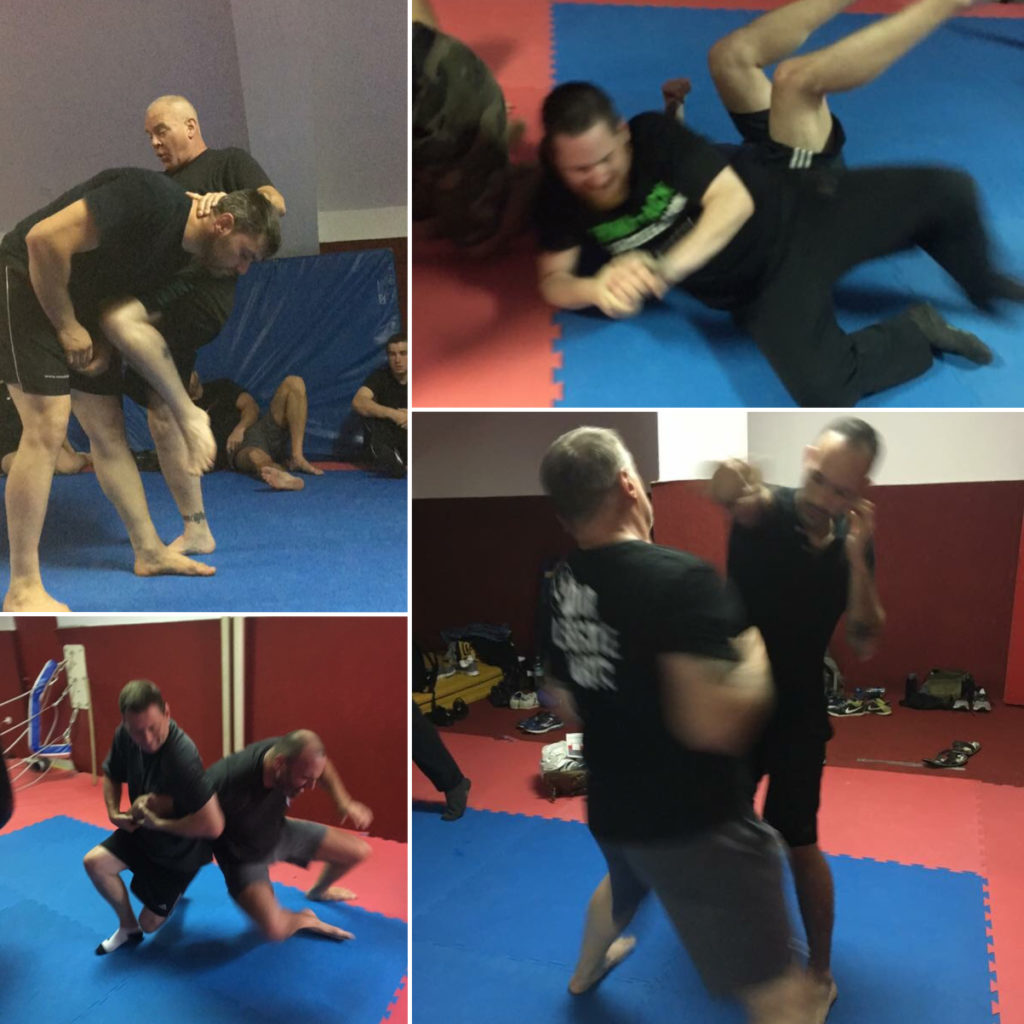
–
When talking about firearms training I believe that we need to practice as we work. I see many guys training at courses geared up like they are going into a combat zone. My go to for firearms training for the past ten years has been Max Joseph of Direct Action Group (DAG – formerly Tactical Firearms Training Team). Max’s philosophy is to instill the warrior spirt into his students while providing the highest level of training in a safe and effective manner. If you are going to work overseas in a high threat environment then by all means train in gear appropriate to your mission, but if you are doing security or executive protection work in CONUS you are generally going to be low profile or uniformed. If the SOP for your detail is concealed carry than train that way with the gear you will use. If you are uniformed and wear a duty belt use that. Because when the day comes to act that is how you will be set up, not in some tacticool fantasy setup. My belief is that gear should be simple, reliable and proven. Where does this get tested, out on the range and training field. My standard belt setup is a holster, double magazine pouches, radio, flashlight holder, IPAK supported on a quality belt. Anything else goes into a go bag. Personally I like Glocks with the model 19 being my go to, as Aaron Mauldin of ZERT recently said on a video blog you can most always find holster, parts, magazines, and anything else you may need for a Glock in just about any location. If I carry a second gun it is usually a S&W 442 (yes a revolver).
So train as you’ll fight keep it simple with reliable and proves gear and training. As many have said before you do not rise to the occasion in combat, you sink to the level of your training.”
Empty Handed Skills
“Confrontations are unpredictable. In my past street experiences, I thought it was going a certain way to my advantage and then there was an unexpected or unknown threat. Most of my training in traditional martial arts didn’t prepare me for modern combative situations. Instead the focus was more on etiquette and rules useless in street warfare. After being confronted by multiple attackers and severely outnumbered I decided to seek out a tactical defensive system with the kind of training that puts me under stress of real-life situations. After 19 years as a student then instructor in Krav Maga, I was put under years of grueling drills and reality based training continuously pushed passed fatigue while adapting to ever-changing scenarios.
Now that I am currently in the security industry (at times, close protection details), my relevant reality based training prepares me for emotional and physical response to danger, recognize threats, go from low ready to action without hesitation, and being mindful of appropriate use of force.
Fatigue is probably not uncommon for a 12hr static post. Lack of rest previous to post, limited access to nutrition and stress. Reaction time could be compromised. Delayed relief from next shift could possibly cause low blood sugar and dehydration and as a result, compromise on response time. MMA/Krav Maga pushes students pass their limits. These hard skills can prepare the security professional through physical training and endurance which could help the security practitioner overcome those obstacles.
–
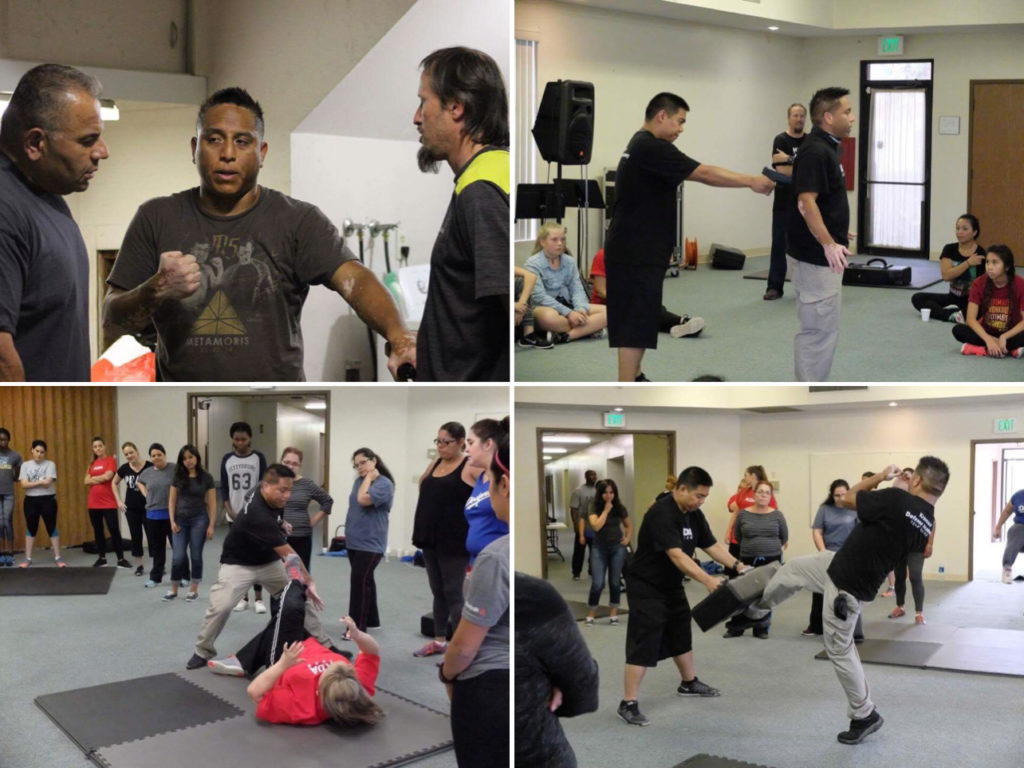
–
In the most recent years of my training in Krav Maga (Israeli combat system), I have dedicated more time in third party protection/hostage. I feel if relevance doesn’t play a key role then it’s pretty much a waste of my time. I was so dedicated that on a training op with my partner @25 LEO’s rolled up on us guns pointed while we were debriefing after a carjacking drill. I knew the risk but determined to acquire hard skill sets that could be useful if/when the threat presents itself to a client or myself.
In my personal experiences with potential violent confrontations on the job, I’ve always preferred to talk it out or find a way to deescalate an already escalated situation. Of course the priority is our client and in some cases, confrontations can’t be avoided. Being informed of Use of Force laws would be appropriate. It is better to have the hard skills than not. Especially if you find yourself on an unarmed protection detail where you may have to rely on hard skills without access to your firearm.”
Aldrich Mamora, Kravcore Defense Academy


